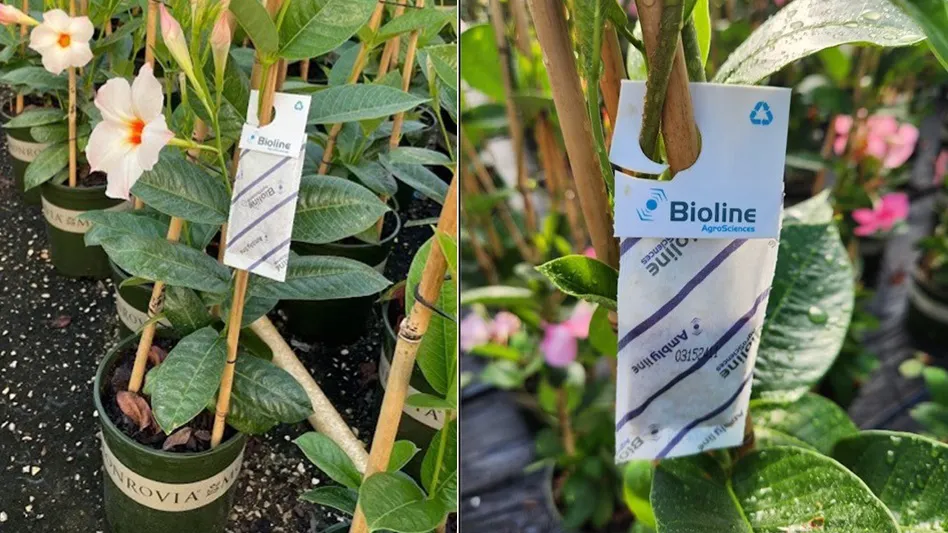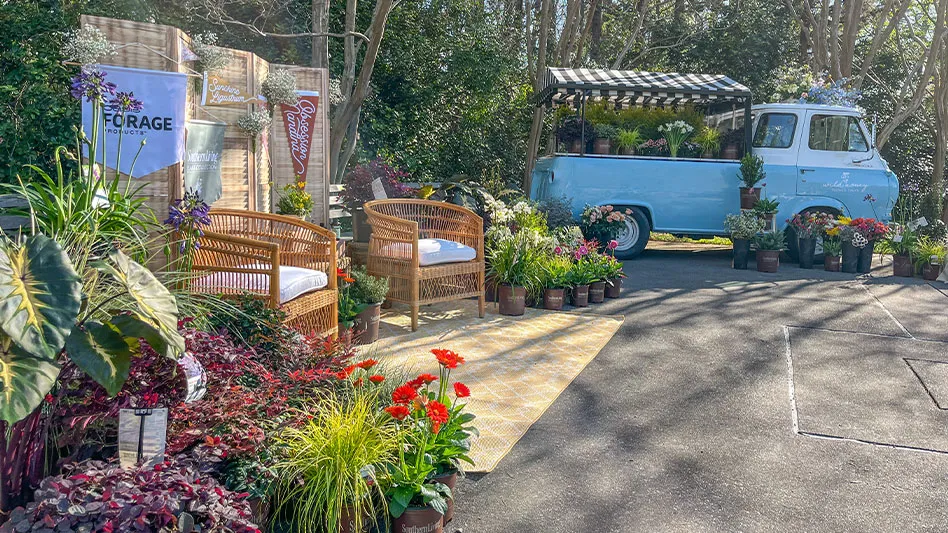
Late February for me used to be time to get the garden center ready for spring, but now my time is spent in a unique way: analyzing why garden centers were and were not profitable in the previous year. As one of the service providers for The Garden Center Group, I compile and analyze The Annual Profit & Loss Study. This ground-breaking study is only made possible by aligning specific annual data from reporting independent garden centers. The data has made it possible for The Garden Center Group’s clients to compare P&L statements down to the category and account level.
The past few years have been a roller coaster for IGC revenue and profit. But as I dug deeper into the numbers this summer in preparation for The Garden Center Group’s Fall Event 2023 in Cincinnati, I noticed a pattern: We are good at retailing perishable products, while we always need more work with non-perishable ones.
One Key Performance Indicator (KPI) that I focus on is Gross Margin Return on Inventory Investment (GMROII). This KPI is your attained margin dollars divided by your average inventory over a 12-month period. I like to think of this simply as margin dollars returned for inventory offerings. In my analysis for the 2022 Garden Center Group P&L Study, two trends intrigued me. First, the “Best of the Best” of the Group’s IGCs (the top 10 in profitability out of 82 centers reporting) separated themselves by not only selling more perishables as a percent of revenues (76% vs. 66%); they also generated more margin dollars per inventory dollar invested. That is a winning combination. Their profitability was 18.5% vs. the total Group at 10.4%. The second result that intrigued me, is that everyone had at least half of their non-perishable categories not making money.
When collaborating with my clients, I always have a two-sided approach to reaching more profitability. To start with, I suggest they get better at the categories that are profitable. Next, I recommend that they act on those that are not. Diving into what the Best of the Best group did better, I saw five categories rise above the rest of the group: annuals, live Christmas, shrubs, trees and tropical plants — with a much higher GMROII in shrubs and tropical plants. These are areas where IGC owners and buyers should perform better, as these are typical categories that define us as garden centers.
As we consider the non-perishable categories, we often see these categories as supporting our perishable categories. As the supporting cast, we need to make sure they are profitable even if they are not the focus. The non-perishable categories that are not profitable for The Group are casual furniture, artificial trees, giftware, outdoor living, pet and pottery.
Why are these categories not profitable? Because garden centers carry more inventory than what they need for seasonal demand. That can lead to fewer turns and an added cost often hidden to owners and buyers called “carrying cost of inventory.” Where does the cost come from? Borrowing money, loss of opportunity of profit, facility costs, wage & wage benefits costs, and the scale of total amount of old inventory. After a year, you can add 30% to the initial cost of the items.
Often, IGCs see non-perishable products as not costing anything to have sitting longer. So, the tendency is to not push it out the door and allow for higher inventory than they need. That’s a problem we call “bad inventory.” But how do you fix it? A simple one-two punch: Get it out, and make sure it doesn’t come back.
First step: Get it out!
Lean on your POS system data to point the way. Aging inventory reports show which items have been in stock longest. I tell The Group’s IGC owners, “No birthdays.” Inventory items should not celebrate a year in your store. If they turn a year old, the carrying cost of inventory starts to add up. Find those items and act: Re-merchandise, discount, donate and, if needed, dispose. Of course, the action depends on what your customer traffic dictates. If you still have adequate customer traffic, you can discount, re-merchandise and expect good movement on older inventory. When your customer traffic slows down, it is time to donate or shrink out.

Second step: Do not let more in
Understanding how much is enough is the hard part. I can help. I am an IGC buyer. And as buyers know, there is a certain amount of power we enjoy, especially when it is not our money! I know most inventory issues begin with buying issues.
Let’s step back and look at why perishable products are so profitable: They have a forced efficiency that generates higher turns. IGC owners understand that if they do not sell a 4” annual/perennial/herb/veggie within a few weeks, the value decreases, and you will be forced to take action. This does not occur with non-perishable products. If we treated all categories like a 4” annual, what would that look like?
As a buyer, bringing in products like gifts or pottery would be different. Those items cannot make it all summer, so the gifts you bought for spring will decrease in value by the fall and will be unsalable. That is how you need to think — bring in product for one season, sell it during that season and get rid of it somehow by the end of that season. Just like plants, the answer lies in seasonality.
To control your buying at the category level, you need to figure out the following:
- When do you plan to sell the product? Name the season.
- What is your revenue goal for that season?
- What is the attained margin?
- How much do you currently have — inventory value at cost — on hand?
- How much is coming in, and what orders are pending?
With all that information, you can calculate the inventory at cost you still need to buy to reach that revenue goal at that attained margin for that season. This is the science behind buying that will restrict the artists who tends to buy too much. The art behind buying is to know what to buy, not how much. Give your artists limits and let them paint your garden center with exciting inventory that will inspire your customers to come back again!
Profitability on non-perishables has always been a struggle for a business model that depends on the forced efficiency of the majority of their revenues to make a profit. Looking harder at inventory control KPIs down to the category level still shows us we have room to grow, but it takes the commitment to be able to measure those KPIs. It takes the commitment to plan to change behaviors and processes that have been entrenched for decades. It takes the commitment to want to be more profitable and build wealth on the bottom line.
Retailing is not an easy business, and as IGCs, we struggle running our business, as such. It is time we all take on the challenge of being the best business owners we can be and realize our customers don’t only want our product; they need it.
For more information about the Chart of Accounts, P&L Study or The Group, contact me at timq@tqconsulting.biz.
Read the rest of our State of the Industry Report below:
2023 State of the Industry Report: Finding balance
SOI insights: Events: Community calibration

Explore the November 2023 Issue
Check out more from this issue and find you next story to read.
Latest from Garden Center
- Weekend Reading 5/17/24
- GardenComm 2024 Annual Conference registration is open
- Landmark Plastic celebrates 40 years
- Proven Winners introduces more than 100 new varieties for 2025
- Weekend Reading 5/10/24
- The Family Business, Part 2: Agreeing (and disagreeing) on capital investments
- Registration opens for Darwin Perennials Day
- Weekend Reading 4/26/24





